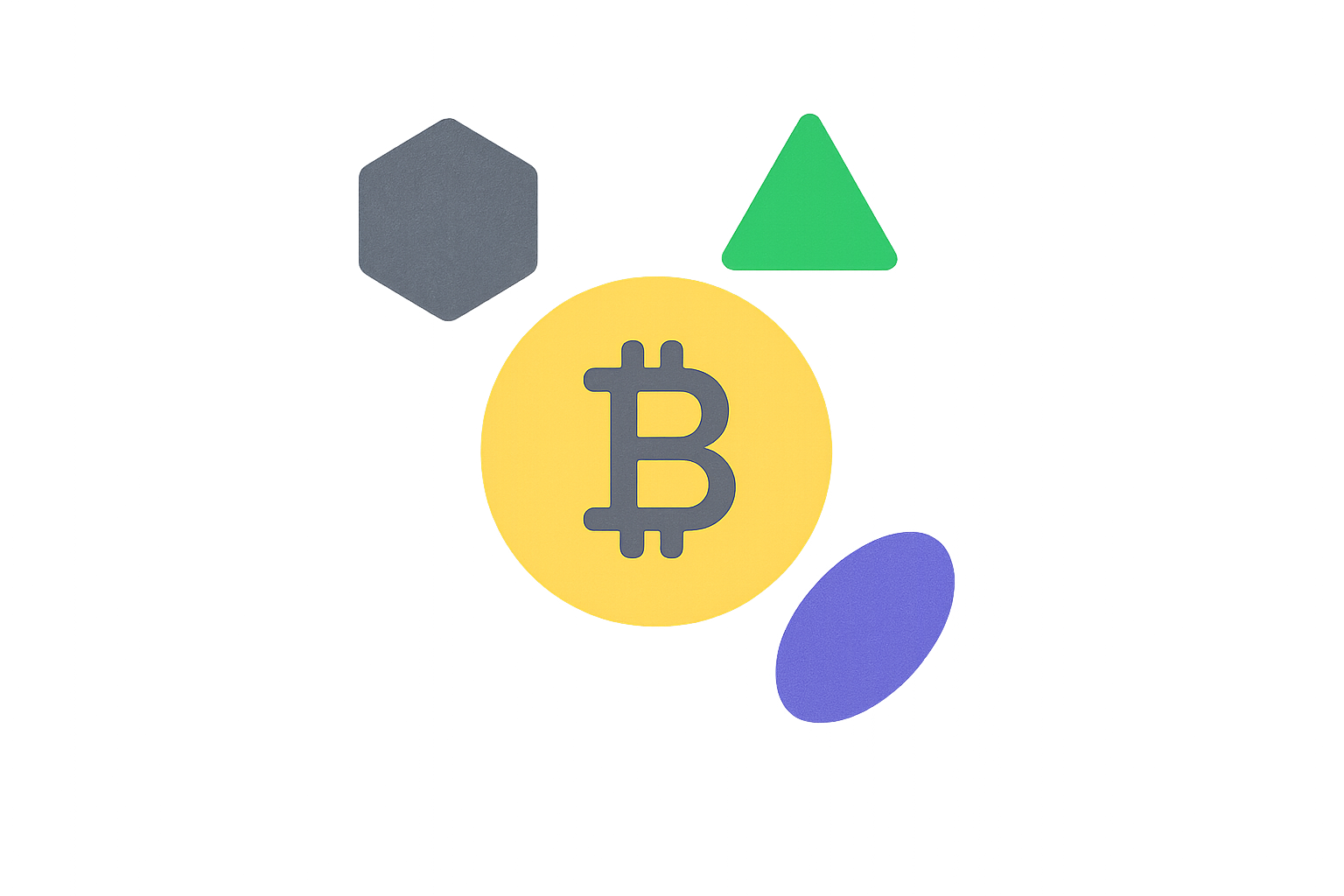bitcoin algorithm

Bitcoin, as the first successful decentralized digital currency, relies on algorithmic mechanisms that form the foundation of its security and stability. The core Bitcoin algorithms include the SHA-256 hashing algorithm, Proof of Work (PoW) consensus mechanism, and Elliptic Curve Digital Signature Algorithm (ECDSA). These algorithms work together to ensure the security of the Bitcoin network, the irreversibility of transactions, and the decentralized nature of the entire system. The design of Bitcoin's algorithms not only solved the long-standing double-spending problem in the digital currency realm but also laid the technological groundwork for many subsequent cryptocurrencies.
Background: The Origin of Bitcoin Algorithms
The concept of Bitcoin algorithms was first introduced by Satoshi Nakamoto in the 2008 whitepaper "Bitcoin: A Peer-to-Peer Electronic Cash System." These algorithms weren't entirely new inventions but rather clever integrations of existing cryptographic technologies:
- SHA-256 (Secure Hash Algorithm 256-bit) was originally designed by the National Security Agency (NSA) and first published in 2001 as part of the SHA-2 family.
- The Proof of Work concept was first proposed by Cynthia Dwork and Moni Naor in 1993, later applied by Adam Back in 1997 for the anti-spam system Hashcash.
- The Elliptic Curve Digital Signature Algorithm (ECDSA) is a digital signature algorithm based on elliptic curve cryptography, offering high security with relatively short key lengths.
Satoshi's innovation lay in combining these existing technologies and applying them to solve the core problems of digital currency: how to prevent double-spending without a central authority while maintaining consistency of a public ledger.
Work Mechanism: How Bitcoin Algorithms Function
Bitcoin's core algorithms work together to form a complete digital currency system:
-
The SHA-256 hashing algorithm plays multiple roles in the Bitcoin system:
- Serves as the core of the mining process, where miners must find a nonce that produces a block header hash below a target difficulty
- Constructs Merkle Trees for efficient transaction verification
- Generates Bitcoin addresses through a process using both SHA-256 and RIPEMD-160 hash functions
-
Proof of Work (PoW) mechanism:
- Miners compete to solve complex mathematical puzzles by finding suitable nonces
- Difficulty automatically adjusts every 2016 blocks (approximately two weeks) to maintain an average block time of about 10 minutes
- When a miner successfully solves the puzzle, they broadcast the new block to the network and receive a block reward (currently 6.25 bitcoins) plus transaction fees
-
Elliptic Curve Digital Signature Algorithm (ECDSA):
- Used to generate private-public key pairs, where private keys sign transactions and public keys verify signatures
- Bitcoin uses the secp256k1 parameter curve, providing 256-bit security
- Public keys are transformed into Bitcoin addresses through hash functions for enhanced security and convenience
-
Blockchain data structure:
- Each block contains the hash of the previous block, forming a chain structure
- Blocks contain multiple transactions organized in a Merkle tree
- Timestamps ensure transactions are recorded in sequence, preventing double-spending
Risks and Challenges of Bitcoin Algorithms
Despite over a decade of practical testing, Bitcoin algorithms still face certain risks and challenges:
-
Technical risks:
- Potential threat from quantum computing that could break elliptic curve cryptography
- 51% attack risk, although prohibitively expensive but theoretically possible
- Potential software vulnerabilities in algorithm implementations
-
Scalability issues:
- Limited transaction processing capacity (approximately 7 transactions per second) due to PoW mechanism
- Increasing resource requirements for maintaining full nodes with complete blockchain as the network grows
-
Energy consumption concerns:
- Proof of Work mechanism requires significant electrical power, raising environmental concerns
- Mining centralization trends potentially conflicting with decentralization ideals
-
Regulatory challenges:
- Varying regulatory attitudes toward cryptocurrency algorithm security across different countries
- Balancing privacy with anti-money laundering compliance requirements
The Bitcoin community continues to improve these algorithms through soft forks and protocol upgrades (such as Segregated Witness or SegWit) while maintaining the stability and security of the core design.
The significance of Bitcoin algorithms extends beyond creating the first successful decentralized digital currency; they pioneered a new paradigm in blockchain technology. The combination of SHA-256 hashing algorithm and Proof of Work solved the Byzantine Generals Problem in distributed systems, enabling consensus mechanisms in trustless environments. This breakthrough innovation laid the foundation for blockchain applications across numerous sectors including finance, supply chain, and healthcare. Despite challenges in scalability and energy consumption, the security and reliability of Bitcoin's core algorithmic design has stood the test of time, proving the viability of decentralized digital value systems and continuously driving innovation in the crypto-economy.
Share
Related Articles

In-depth Explanation of Yala: Building a Modular DeFi Yield Aggregator with $YU Stablecoin as a Medium

BTC and Projects in The BRC-20 Ecosystem
